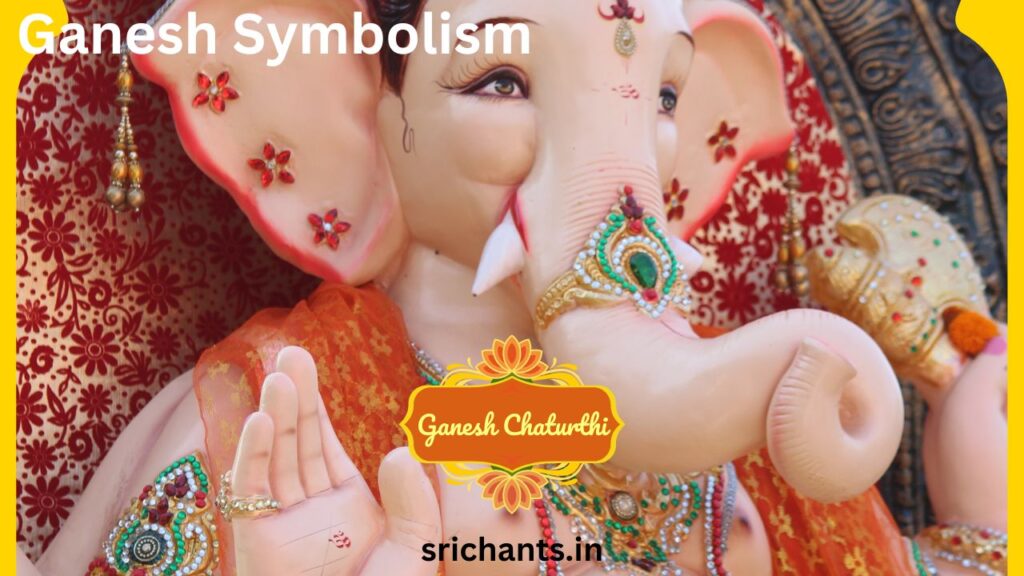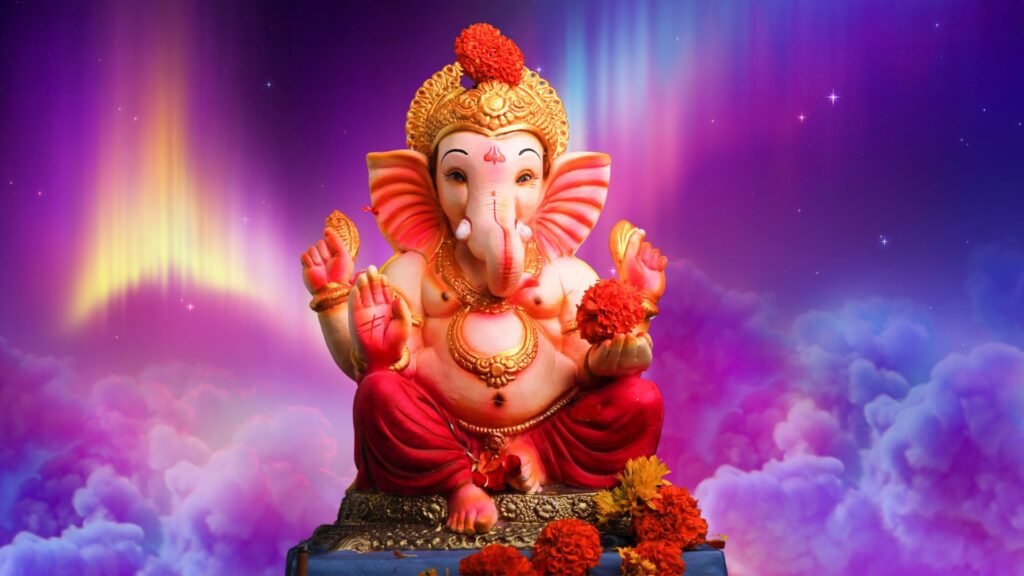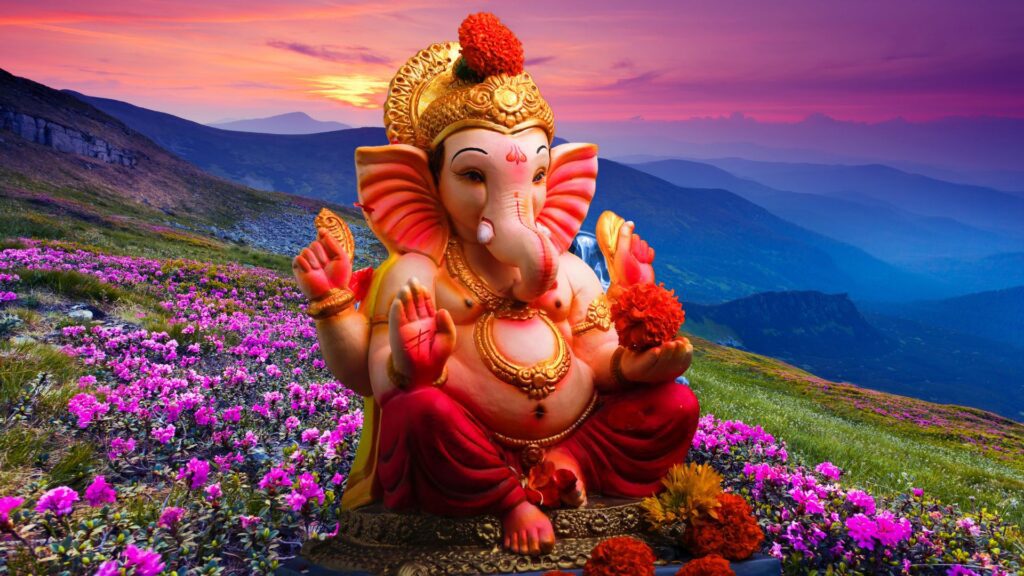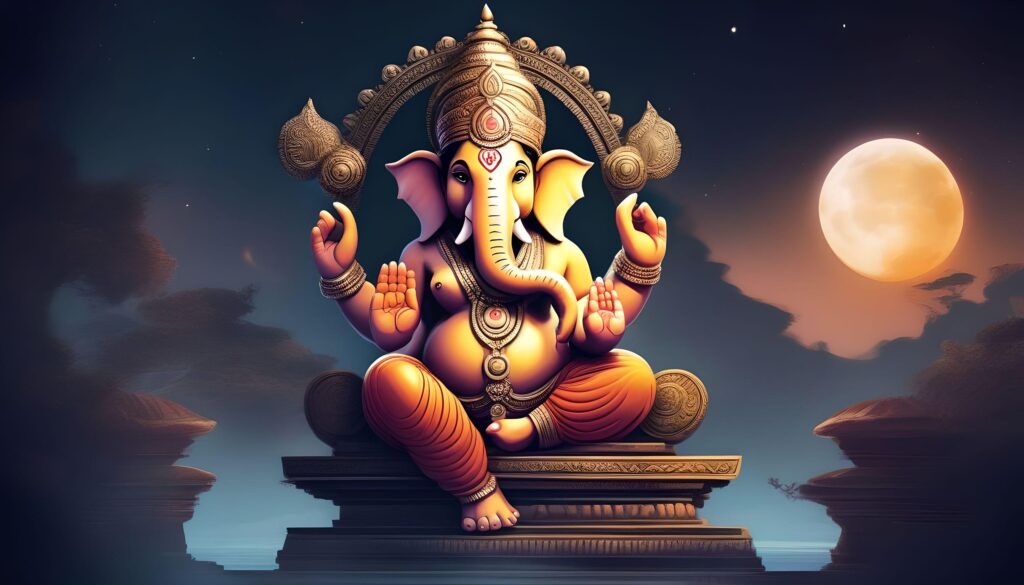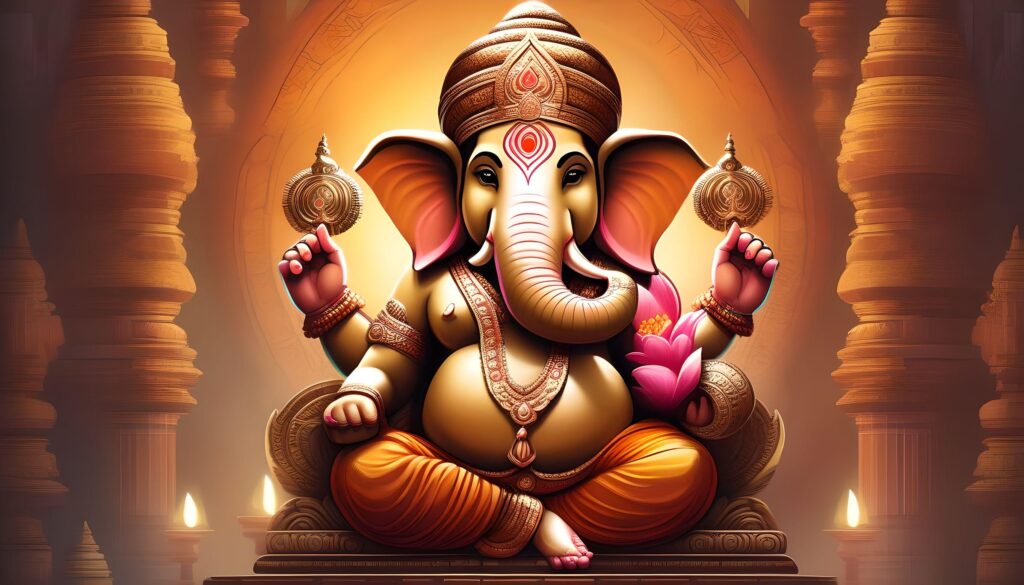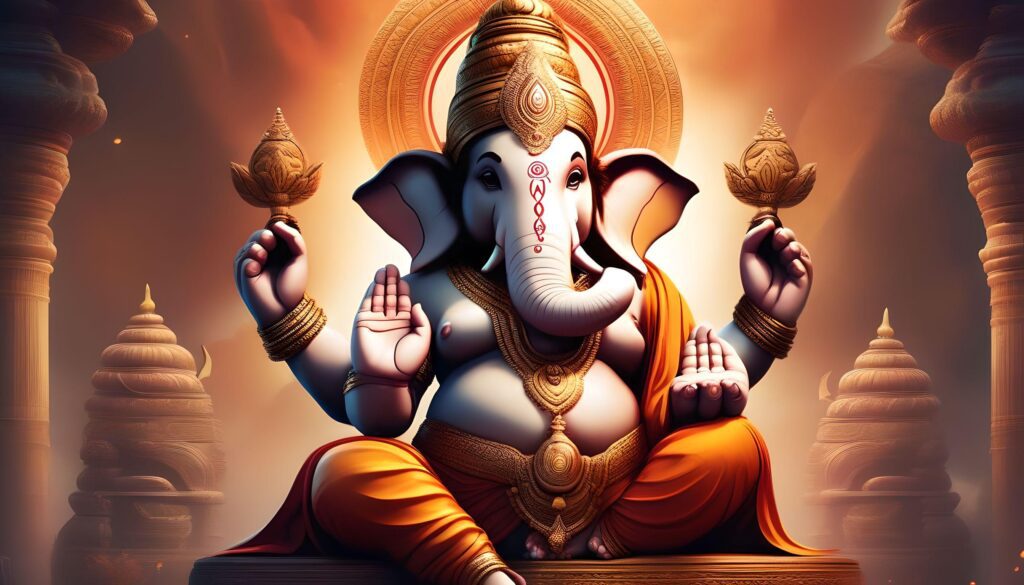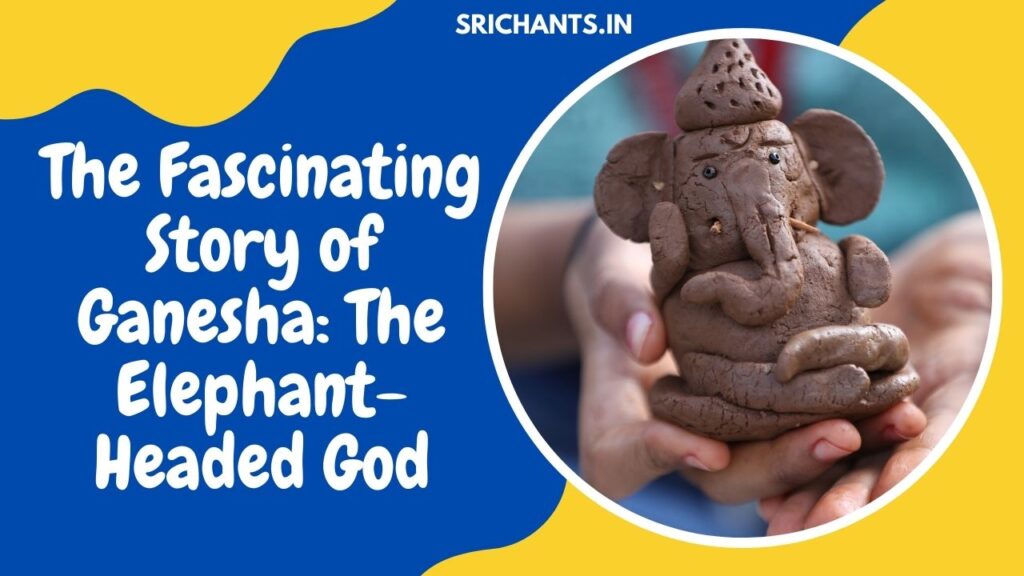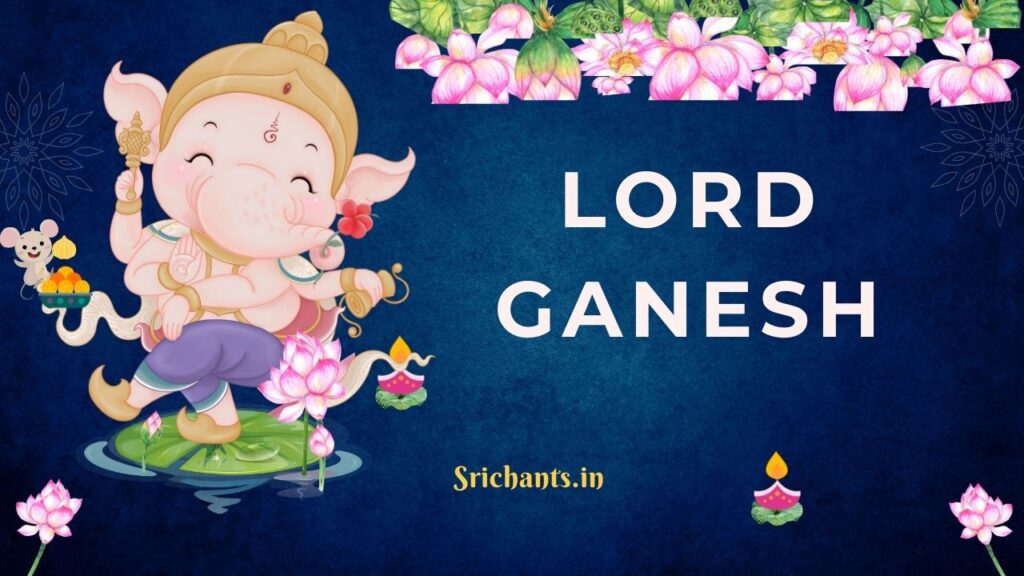Ganesh Symbolism : Understanding the Ganesha’s Elephant Form
Introduction
One of the most beloved and extensively worshiped deities in Hindu mythology is Ganesha, also known as Ganapati. His elephant form is steeped in symbolism and embodies a variety of life’s qualities and aspects. In this article, we will investigate the importance of Lord Ganesha’s elephant form and comprehend the profound significance that it embodies.
The Significance of Ganesha’s Elephant Head
Ganesha’s elephant cranium is a distinctive characteristic that distinguishes him from other deities. It is a symbol of courage, fortitude, endurance, and authority. Ganesha’s elephant head is symbolic of his role as the remover of obstacles in the lives of his devotees, much like an elephant is recognized for its power and capacity to surmount challenges.
The significance of sustaining a singular focus is symbolized by the small eyes of Ganesha. One can overcome obstacles and attain success by maintaining a focused mind. Ganesha’s large ears symbolize his capacity to attentively attend to the prayers of his followers. He is regarded as the protector and guide who is receptive to the sincere cries of those who seek his help.
The large abdomen of Ganesha is a representation of unconditional acceptance and generosity. It symbolizes his capacity to accept all facets of existence, including both happiness and grief. The mind, intellect, ego, and Self are symbolized by his four arms. Ganesha exemplifies the harmonious integration of these elements, with each arm representing a distinct aspect of human existence.

The figure of Ganesha with his hand uplifted symbolizes protection. Devotees desire Ganesha’s protection from negative influences and obstacles when they invoke his blessings. The lowered hand of Ganesha is a representation of selflessness and infinite generosity. It serves as a reminder that all of our possessions will eventually return to the earth, emphasizing the transience of material possessions.
Ganesha’s sole tusk is indicative of her singular focus. It signifies the capacity to concentrate on a single objective or aim. The message conveyed by Ganesha’s use of a tiny mouse as his vehicle is profound. The mouse is a representation of the wandering mind, which has the ability to gnaw away at the bonds that bind us. The mouse represents the capacity of knowledge to dispel delusion, much like a mantra can penetrate strata of ignorance.
Ganesha is capable of holding both the ‘Ankusa’ and the ‘Paasa.’ The Ankusa, a sharpened pointed hook, represents awakening, while the Paasa, a knot used for binding, represents a control. The spiritual path is symbolized by these symbols, which symbolize the equilibrium between discipline and awakening.
The Mythological Birth Story of Ganesha
Ganesha’s birth is a captivating narrative that is replete with symbolism and life teachings. Parvati, the consort of Lord Shiva, is said to have created Ganesha from the grime and oil on her body, according to a particular narrative. She revived him and requested that he supervise the entrance while she bathed.
A fierce conflict ensued when Lord Shiva returned and was denied entry by Ganesha. Lord Shiva ultimately severed Ganesha’s head, unaware that he was his own offspring. Shiva replaced Ganesha’s head with that of an elephant upon comprehending the truth, thereby revivifying him.
The theme of transformation and the necessity of surmounting ignorance to advance on the spiritual path are underscored in this narrative. The decapitation of Ganesha symbolizes the release of attachments and ego, which in turn facilitates spiritual development. The act of replacing the elephant head symbolizes the infinite potential for transformation, while the elephant head represents wisdom and knowledge.
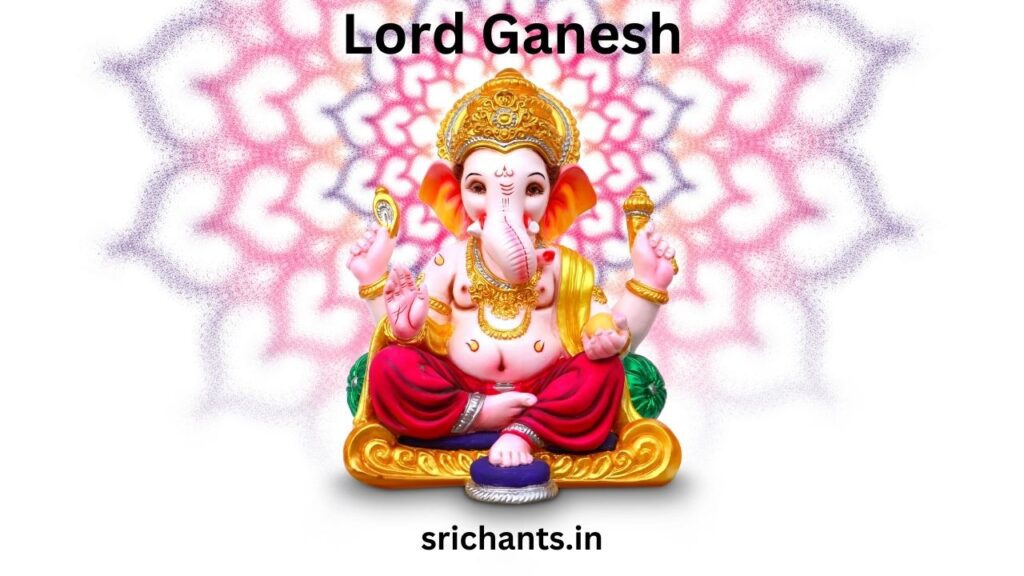
Ganesha’s Role in Hindu Worship
There is a substantial significance to Ganesha in Hindu rituals and worship. Hindus seek Ganesha’s guidance and invoke his favors prior to embarking on any significant project. He is a crucial deity in a variety of life domains, such as business, marriage, and childbirth, due to his function as an obstacle eliminator.
One of the most widely recognized mantras associated with Ganesha is “Om Gam Ganapataye Namaha,” which translates to “I offer my obeisances to Ganesha, the remover of obstacles.” It is believed that reciting this mantra will invoke the divine presence of Ganesha and request his help in overcoming obstacles.
Ganesha is also commemorated annually during the ten-day festival of Ganesha Chaturthi, which commemorates his birthday. In his honor, devotees construct intricate clay idols of Ganesha and perform petitions, songs, and dances. The festival is a commemoration of Ganesha’s beneficent presence in the lives of his devotees and a time of joyous celebration.
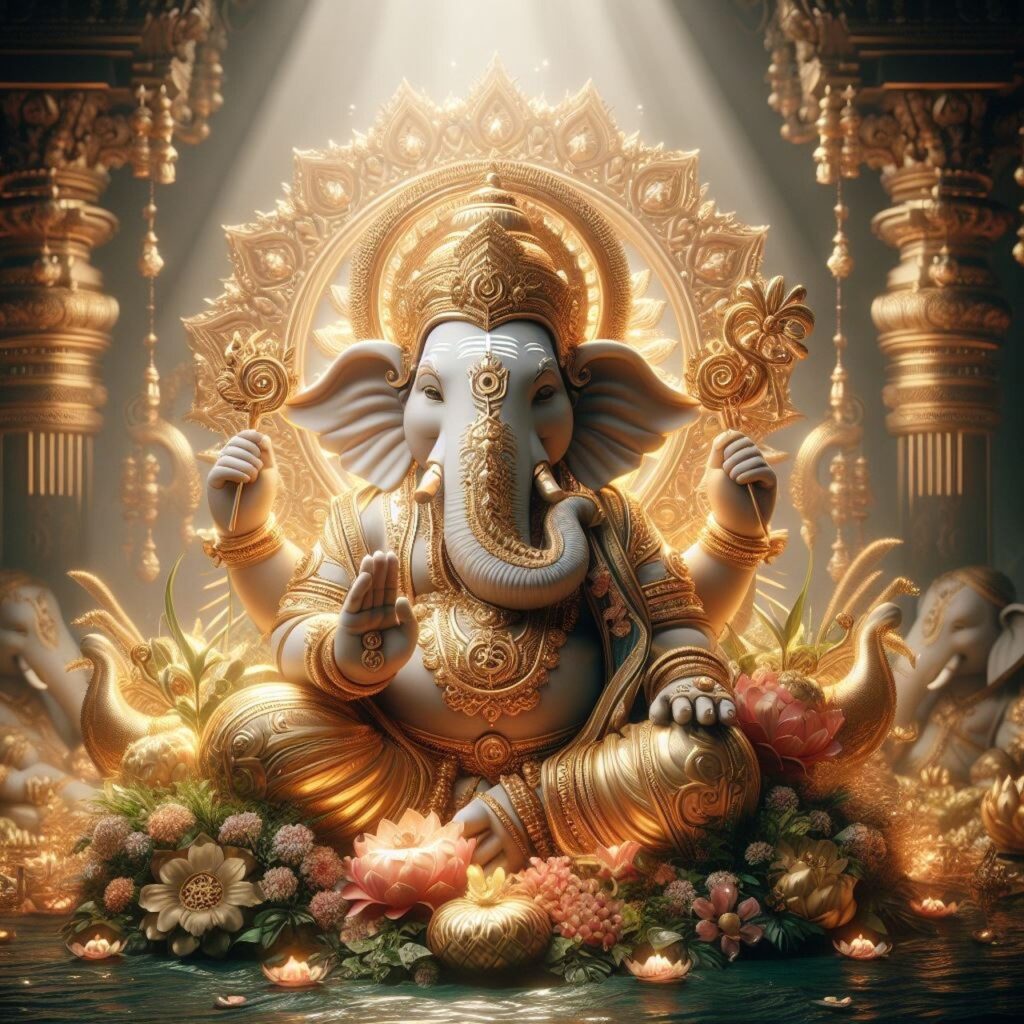
Honoring Ganesha in Daily Life
Although it is significant to worship Ganesha through rituals and festivals, his teachings and symbolism can also be applied to daily life. The following are several methods to integrate Ganesha’s wisdom into your spiritual journey and honor him:
- Adopt the attributes of Ganesha: Develop courage, endurance, fortitude, and authority in your life. Foster a singular focus on your objectives and listen attentively to the requirements of others.
- Embrace the pleasures and sorrows of life with an open heart: Practice acceptance and generosity. Demonstrate acceptance and benevolence toward oneself and others.
- Seek protection and guidance: When confronted with obstacles or challenges, invoke Ganesha’s blessings and seek his protection. Rely on his guidance and wisdom to overcome obstacles.
- Foster a singular focus: Develop the capacity to remain resolute in your dedication to your spiritual journey and your objectives. Cultivate a profound sense of discipline and refrain from engaging in activities that may cause distractions.
- Leverage the power of knowledge: Allow your knowledge and wisdom to nibble away at the ropes of ignorance that bond you, as the mouse does. Pursue opportunities for personal development and education.
By incorporating these teachings into your life, you can tap into the transformative power of Ganesha and experience his divine presence on your spiritual journey.
Conclusion
The elephant form of Ganesha is imbued with profound symbolism and symbolizes a variety of spiritual and life-related concepts. In Hindu mythology, he is a cherished deity due to his role as the guardian of knowledge and the remover of obstacles. By comprehending the importance of Ganesha’s symbolism and integrating his teachings into our lives, we can seek his graces and guidance to surmount challenges and advance on our spiritual journey. Allow the wisdom of Ganesha to motivate and direct you as you confront the obstacles of life with fortitude, courage, and sagacity.
#ganesh #elephant #elephantgod #childgod
